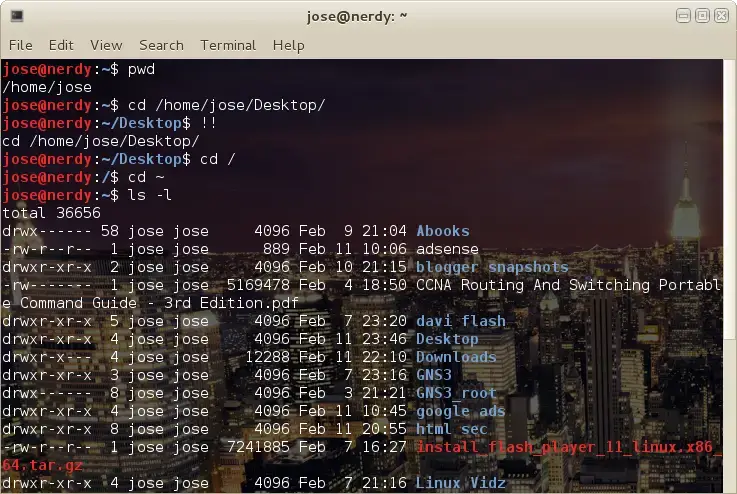Learn how to – Basic Linux Terminal Shortcuts Cheat Sheet.
Basic Linux Terminal Shortcuts Cheat Sheet is here, this is not a comprehensive list but what’s contained here will help you a lot on a daily basis when working on Linux command line interface. Having Terminal shortcut keyboard keys combination in your mind is a real time saver. There is a list of Windows Powershell Shortcut commands as well.

Basic Linux Terminal Shortcuts Cheat Sheet
So here is a list of Basic Linux Terminal Shortcuts Cheat Sheet.
- CTRL+ U: Delete all contents to the left of the cursor
- CTRL+ D: Logout of the current session. It is similar to exit.
- CTRL+L: Clear the terminal.
- CTRL+ E: Cursor the end of line
- CTRL + K: Delete right of the cursor
- CTRL+W: Delete word on the left
- CTRL+Y: Paste (after CTRL U, K or W)
- TAB: auto-completion of file or command
- CTRL+R: Reverse search history. Type to bring up recent commands.
- !!: Repeat last typed command.
- CTRL+Z: Stops current command and runs it in the background with bg or fg.
- Arrow Up / Arrow Down: Move up and down history commands.
- CTRL+C: Halts the current command.
Basic Terminal Navigation Commands.
- pwd: show working directory
- du -h: show disk usage of folders in humanly readable format
- man [command]: shows manual of specified command
- man -k <command> : Search for command manual if available.
- cd <folder name> : Change directory to one specified by folder name.
- cd / : Go to root directory.
- cd : Cd without any argument takes you to the home directory of current logged in user.
- cd ~ : Go to the home directory of current logged in user.
- ls -l <folder name> : List contents of a folder in long format with ownership.
- ls -lh: Detailed list in human-readable format.
Leave a Reply
You must be logged in to post a comment.